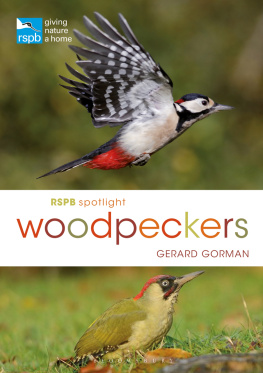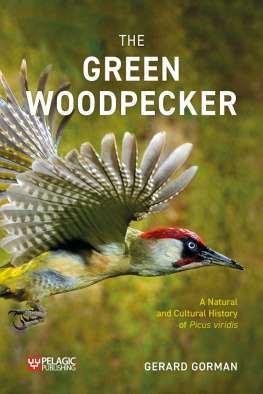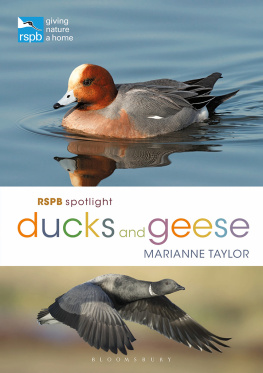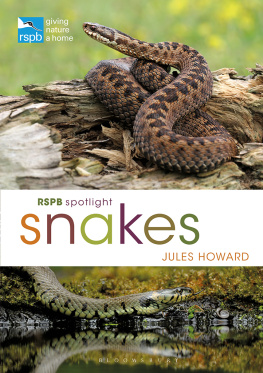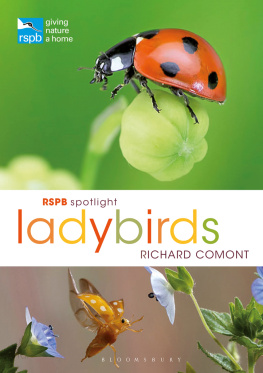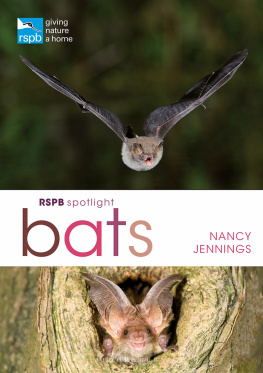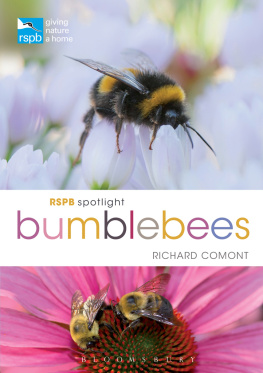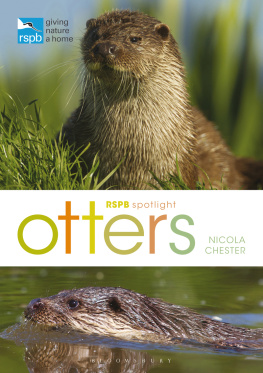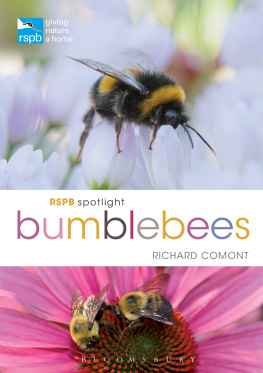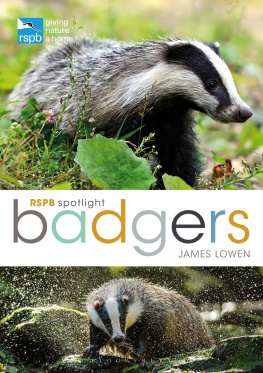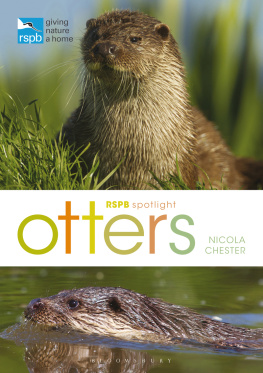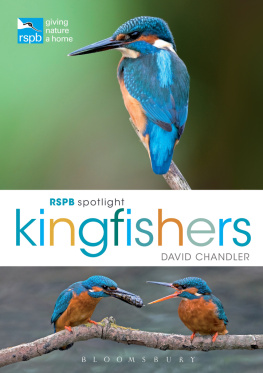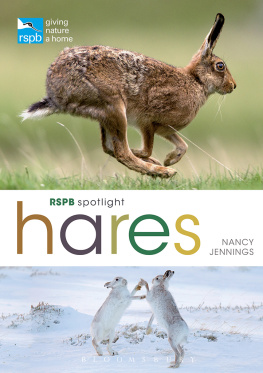Gerard Gorman - RSPB Spotlight Woodpeckers
Here you can read online Gerard Gorman - RSPB Spotlight Woodpeckers full text of the book (entire story) in english for free. Download pdf and epub, get meaning, cover and reviews about this ebook. year: 2018, publisher: Bloomsbury Publishing, genre: Detective and thriller. Description of the work, (preface) as well as reviews are available. Best literature library LitArk.com created for fans of good reading and offers a wide selection of genres:
Romance novel
Science fiction
Adventure
Detective
Science
History
Home and family
Prose
Art
Politics
Computer
Non-fiction
Religion
Business
Children
Humor
Choose a favorite category and find really read worthwhile books. Enjoy immersion in the world of imagination, feel the emotions of the characters or learn something new for yourself, make an fascinating discovery.
- Book:RSPB Spotlight Woodpeckers
- Author:
- Publisher:Bloomsbury Publishing
- Genre:
- Year:2018
- Rating:4 / 5
- Favourites:Add to favourites
- Your mark:
- 80
- 1
- 2
- 3
- 4
- 5
RSPB Spotlight Woodpeckers: summary, description and annotation
We offer to read an annotation, description, summary or preface (depends on what the author of the book "RSPB Spotlight Woodpeckers" wrote himself). If you haven't found the necessary information about the book — write in the comments, we will try to find it.
RSPB Spotlight Woodpeckers — read online for free the complete book (whole text) full work
Below is the text of the book, divided by pages. System saving the place of the last page read, allows you to conveniently read the book "RSPB Spotlight Woodpeckers" online for free, without having to search again every time where you left off. Put a bookmark, and you can go to the page where you finished reading at any time.
Font size:
Interval:
Bookmark:


BLOOMSBURY WILDLIFE
Bloomsbury Publishing Plc
50 Bedford Square, London, WC1B 3DP, UK
This electronic edition published in 2018 by Bloomsbury Publishing Plc
BLOOMSBURY, BLOOMSBURY WILDLIFE and the Diana logo are trademarks of Bloomsbury Publishing Plc
First published in Great Britain 2018
Copyright Gerard Gorman, 2018
Copyright 2018 photographs and illustrations as credited
Gerard Gorman has asserted his right under the Copyright, Designs and Patents Act, 1988, to be identified as Author of this work
For legal purposes the constitute an extension of this copyright page
All rights reserved
You may not copy, distribute, transmit, reproduce or otherwise make available this publication (or any part of it) in any form, or by any means (including without limitation electronic, digital, optical, mechanical, photocopying, printing, recording or otherwise), without the prior written permission of the publisher. Any person who does any unauthorised act in relation to this publication may be liable to criminal prosecution and civil claims for damages.
Bloomsbury Publishing Plc does not have any control over, or responsibility for, any third-party websites referred to in this book. All internet addresses given in this book were correct at the time of going to press. The author and publisher regret any inconvenience caused if addresses have changed or sites have ceased to exist, but can accept no responsibility for any such changes
A catalogue record for this book is available from the British Library
Library of Congress Cataloguing-in-Publication data has been applied for
ISBN: 978-1-4729-5118-2 (PB)
ISBN: 978-1-4729-5119-9 (eBook)
ISBN: 978-1-4729-5117-5 (ePDF)
Design by Rod Teasdale
To find out more about our authors and their books please visit www.bloomsbury.com where you will find extracts, author interviews and details of forthcoming events, and to be the first to hear about latest releases and special offers, sign up for our newsletters.

For all items sold, Bloomsbury Publishing will donate a minimum of 2% of the publishers receipts from sales of licensed titles to RSPB Sales Ltd, the trading subsidiary of the RSPB. Subsequent sellers of this book are not commercial participators for the purpose of Part II of the Charities Act 1992.
Contents

Meet the Woodpeckers

Male Great Spotted Woodpecker by far the most common and widespread woodpecker in Britain.
Woodpeckers are amazing birds. They have one of the most extraordinary anatomies in the animal world, every aspect of which is pitched towards working on wood. This enables them to make holes in trees and communicate with each other by mechanical means, drumming on timber with their bills. Quite simply, woodpeckers have honed their carpentry skills to levels no other birds can match. Their behaviour has long fascinated people across the globe and has led to them being admired as strong and hard-working animals and, in folklore, as the first tree surgeons and guardians of the forest.
Three species of woodpecker are resident in the British Isles the Green Woodpecker (Picus viridis), the Great Spotted Woodpecker (Dendrocopos major) and the Lesser Spotted Woodpecker (Dryobates minor). A fourth, the Wryneck (Jynx torquilla), is today only an occasional breeder in Britain, but regularly visits as a migrant. These four wonderful birds are the focus of this book, although we will also look at some of their remarkable relatives around the world.
The only other woodpecker to have ever officially occurred in Britain was an immature male Yellow-bellied Sapsucker (Sphyrapicus varius) that stayed on the island of Tresco in the Isles of Scilly between 25 September and 6 October 1975. This North American species is one of the few truly migratory woodpeckers, which probably explains its appearance in Britain as for some reason it diverted from its normal route southwards and crossed the Atlantic.

The familiar Green Woodpecker is Britains largest woodpecker species.

The Wryneck is now a very rare breeding bird in Britain.

Male Lesser Spotted Woodpecker Europe's smallest woodpecker is sadly in decline in Britain.
What is a woodpecker?
Woodpeckers are small to medium-sized woodland birds. They are non-passerines; that is, not songbirds, clinging to tree trunks rather than perching on branches. A typical woodpecker (like the Great Spotted, the one that most people in Britain will be familiar with) has a distinct and familiar shape, being stocky, with a long, stout, pointed bill, a longish stiff tail and short strong legs with hooked claws. You can identify a Green, Great Spotted or Lesser Spotted Woodpecker with just one glimpse. That is not the case with the Wryneck, which, along with some other woodpeckers around the world, is atypical we will get back to this in the next chapter.

With its stocky body, stout bill and stiff tail pressed against a tree trunk, the Great Spotted Woodpecker is instantly recognisable as a typical woodpecker.
Mandelas Woodpecker
The earliest known woodpecker fossil from the African continent dates from the Pliocene. It was unearthed by a FrenchGerman team in South Africa and in 2012 the 53-million-year-old woodpecker it came from was named Australopicus nelsonmandelai as a tribute to Nelson Mandela on his 94th birthday. Fascinatingly, Mandelas Woodpecker is regarded as having been more closely related to the woodpeckers found today in Europe and the Americas rather than those in Africa.

Nelson Mandela received many honours during his lifetime, including having a woodpecker named after him!
In more scientific terms, woodpeckers are members of the Picidae, a family of birds in the Piciformes order. Studies on genetics (DNA sequence analysis) and morphology (structure and physique) suggest their closest relatives are the honeyguides of Africa and Asia, and barbets, a big family of birds found in Africa, Asia and South America. Toucans are a little more distantly related. The Piciformes began to evolve around 60 million years ago in the Paleocene epoch, which is after the mass dinosaur extinction. Woodpeckers split away from their relatives about 50 million years ago and would have done well in the vast forests that covered much of the land at that time. They have, therefore, been around a lot longer than we have humans began to evolve from our ape-like ancestor between five and seven million years ago. The woodpeckers we see today are probably much like those that lived around five million years ago. The fossil record tells us that woodpeckers first evolved in what is now Europe and Asia. The earliest woodpecker fossil discovered, in central France, dates from the late Oligocene/early Miocene epoch, more than 25 million years ago. They then spread to Africa and the Americas, but never quite made it to Australia, New Zealand and Madagascar.
Font size:
Interval:
Bookmark:
Similar books «RSPB Spotlight Woodpeckers»
Look at similar books to RSPB Spotlight Woodpeckers. We have selected literature similar in name and meaning in the hope of providing readers with more options to find new, interesting, not yet read works.
Discussion, reviews of the book RSPB Spotlight Woodpeckers and just readers' own opinions. Leave your comments, write what you think about the work, its meaning or the main characters. Specify what exactly you liked and what you didn't like, and why you think so.

